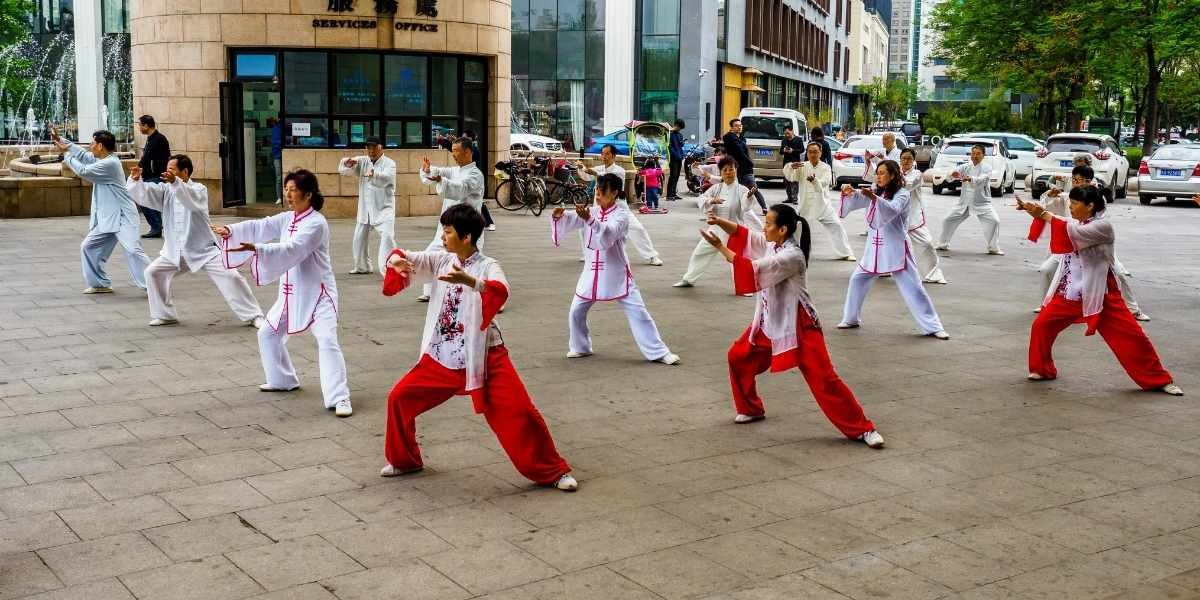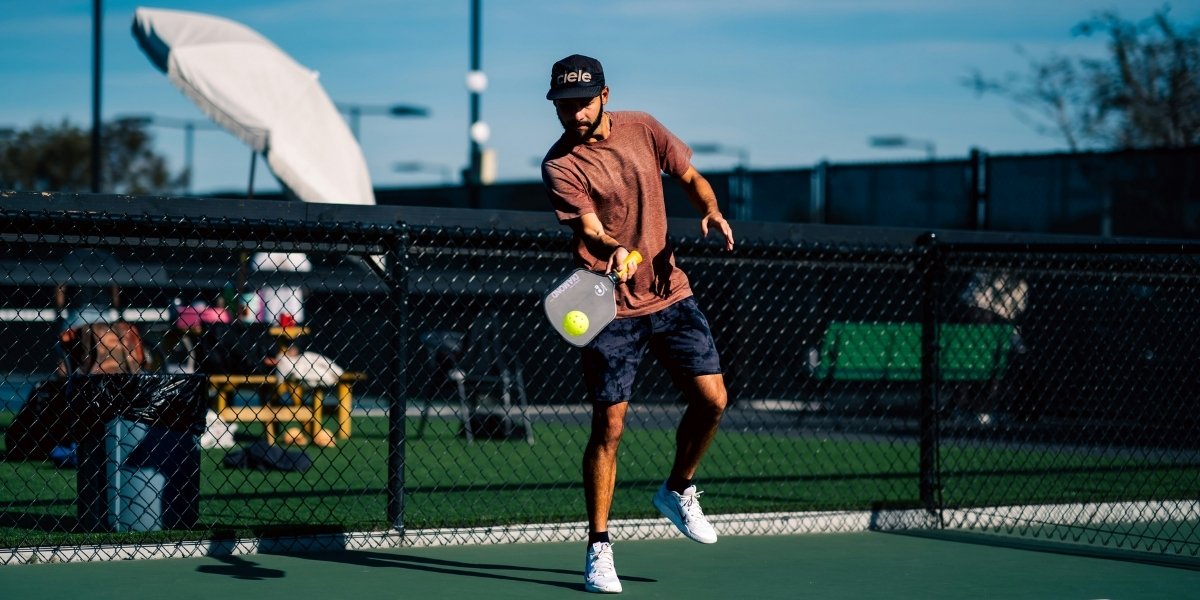Ancient Roots of Movement: Wisdom from Historical Fitness Practices
Movement and exercise have always been fundamental aspects of human health and well-being. While modern fitness trends often focus on high-tech equipment and specialized workout programs, ancient cultures relied on time-tested, natural methods to maintain physical strength, endurance, and flexibility. These historical fitness practices were deeply rooted in cultural beliefs, spiritual practices, and daily life. This article will explore the wisdom behind some of the oldest fitness systems that continue to influence modern wellness.
Read Also: Discovering Yoga: Physical and Mental Benefits Explored
Ancient Greek and Roman Fitness: The Birth of Physical Training
The ancient Greeks and Romans were pioneers in physical fitness and athletics, with their cultures emphasizing both mental and physical development. Greek athletes were trained for the Olympic Games, the pinnacle of athletic achievement in the ancient world, and they used a variety of training methods to prepare. Gymnasiums were centers of physical training, where young men would engage in a variety of exercises designed to build strength, endurance, and agility. Physical fitness was also considered essential for cultivating a balanced, virtuous life.
In ancient Greece, Olympic athletes practiced movements such as running, wrestling, boxing, and pankration (a no-holds-barred martial art), often using their bodies in highly dynamic and demanding ways. The ancient Greeks believed in the concept of “kalokagathia,” which means the unity of physical and moral beauty. Fitness was seen as a way to cultivate a balanced and harmonious individual.
The Romans, too, adopted physical training practices from the Greeks, but with a focus on developing soldiers who were strong, disciplined, and capable of enduring long campaigns. Roman soldiers practiced drills that involved running, marching, and carrying heavy loads to simulate the demands of battle. Roman baths and the use of hot and cold water therapies also promoted health, recovery, and relaxation, showing how physical fitness and recovery were intertwined.
Traditional Chinese Movement: Tai Chi and Qigong
Traditional Chinese practices, including Tai Chi and Qigong, have been used for thousands of years to promote physical health, mental clarity, and spiritual balance. These practices are deeply rooted in the philosophy of Daoism, which emphasizes balance, harmony, and the flow of energy within the body.
Tai Chi, often referred to as “moving meditation,” involves slow, deliberate movements designed to cultivate Qi (life force or energy) and promote relaxation, flexibility, and strength. The practice of Tai Chi helps improve posture, balance, coordination, and internal energy flow. Studies show that Tai Chi can be particularly beneficial for reducing stress, improving flexibility, and increasing strength in older adults.
Qigong is another ancient practice focused on the cultivation and balance of Qi. Qigong exercises often combine controlled breathing, meditation, and movement to restore energy, increase vitality, and promote relaxation. Both Tai Chi and Qigong emphasize the mind-body connection, offering a holistic approach to fitness that integrates physical movement with mental clarity and emotional well-being.
Ayurveda and Yoga: Movement as a Path to Health
Originating in ancient India over 5,000 years ago, Ayurveda and Yoga have had a profound influence on health practices worldwide. Ayurveda, meaning “science of life,” is a system of natural healing that emphasizes the balance of the body, mind, and spirit. Yoga, one of the cornerstones of Ayurveda, is a physical, mental, and spiritual practice that aims to promote health and wellness through asanas (physical postures), pranayama (breathing exercises), and meditation.
Yoga was originally practiced to enhance spiritual enlightenment, but it also has significant physical benefits. By incorporating various poses and movements, yoga helps improve flexibility, strength, and posture. The practice of breath control (pranayama) is integral to yoga, as it helps regulate the flow of energy and oxygen in the body, increasing vitality and reducing stress.
The Ayurvedic approach to fitness is rooted in the belief that health is the result of maintaining balance among the three doshas—Vata, Pitta, and Kapha. Ayurvedic practitioners recommend different types of yoga practices and exercises based on a person’s dosha to achieve balance and improve health. Both yoga and Ayurveda encourage a holistic approach to fitness, considering not only physical movement but also the importance of mental and emotional well-being.
Indigenous Fitness Practices: Movement in Nature
Many indigenous cultures around the world have developed fitness practices that are deeply tied to the natural world and their way of life. These practices emphasize functional movement, strength, and endurance, often drawing from the environment and daily survival tasks.
For instance, the Native American tradition of dancing is not only a spiritual practice but also a form of physical exercise. Traditional dances, which are performed to rhythms and chants, require strength, flexibility, and endurance. The Inuit people of the Arctic regions also relied on physical fitness to thrive in harsh conditions, with practices involving hunting, fishing, and building survival shelters as part of their daily routine.
Similarly, Aboriginal Australian cultures have used movement in the form of walkabouts, which involve long-distance journeys across the land. These journeys were not only a spiritual rite of passage but also a physical challenge that developed endurance, strength, and adaptability. Movement in nature, through running, swimming, and climbing, was an essential aspect of fitness in many indigenous cultures, promoting functional health and an intimate connection with the environment.
The Renaissance of Ancient Movement Practices
In today’s modern world, there is a growing trend of rediscovering and incorporating ancient fitness practices into our daily routines. As people seek more holistic, sustainable, and mindful approaches to fitness, practices like yoga, Tai Chi, and Qigong are becoming increasingly popular. These practices offer a refreshing departure from the high-intensity workouts that dominate the fitness industry, focusing on mindful movement, breath control, and mental clarity.
The revival of interest in indigenous fitness practices is also on the rise. Outdoor fitness programs, trail running, and functional fitness that mimic the natural movement patterns of ancient cultures are becoming more mainstream. These practices encourage people to reconnect with nature, promote functional strength, and improve overall health through natural movements.
Read Also: Slouching: How Fitness Can Help You Stand Tall Again
Ancient fitness practices have shaped the foundation of modern movement and exercise routines. From the Greek and Roman emphasis on physical training to the holistic practices of Tai Chi and Ayurveda, these ancient systems offer timeless wisdom on how to achieve health, strength, and balance. By revisiting and integrating these practices into our modern lives, we can tap into the power of nature, mindfulness, and functional movement, creating a more holistic and sustainable approach to fitness.







